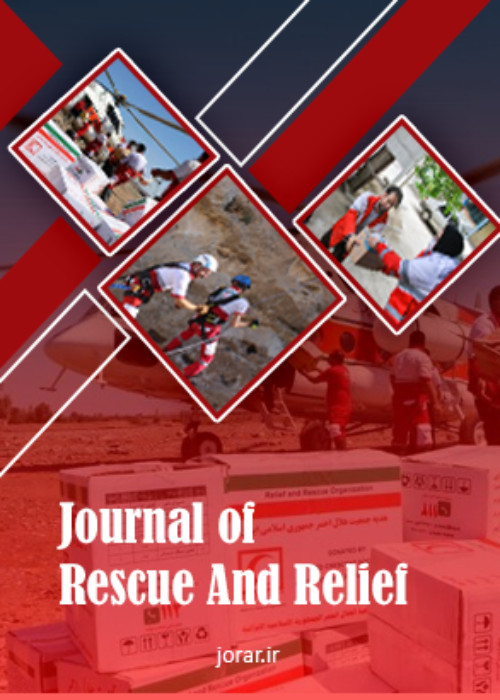Resilience Assessment of Semnan, Iran, in the Face of an Earthquake
Resilience is considered a way of strengthening societies using their capacities which can be defined as the ability of systems to adapt to changes without collapsing at the incidence of disasters. To understand resilience and the way it is analyzed at the community level, it is necessary to study the societychr('39')s current condition and policies, as well as the measures adopted to reduce risk and how the risks in society are dealt with. This study aimed to assess the resilience of urban communities in the face of an earthquake.
This descriptive-analytical study was conducted using a questionnaire to collect the required data in Semnan, Iran, in 2019. The statistical population of this study (n=384) consisted of the citizens of Semnan selected using the Cochran formula and random sampling method. The collected data were analyzed in SPSS software (version 23) using mean and percentage for descriptive analysis and Pearson correlation coefficient and one-sample t-test for inferential statistical tests.
Based on the results, the sociocultural, infrastructural-physical, economic, and institutional-organizational dimensions showed the current condition of resilience in Semnan with the mean scores obtained as 2.59, 3.05, 2.17, and 2.56, respectively. It was also revealed that resilience had a significant relationship with age, education, income, accommodation ownership, employment, calculated by the Pearson correlation coefficient (P-value=0.99).
The mean scores and significance level of the economic resilience in Semnan revealed that this city lacked economic resilience. In this regard, it can be noted that residentschr('39') lack of skills in other fields and jobs, lack of possessions outside the city, the vulnerability of residentschr('39') properties and assets, level of economic poverty in the city, citizenschr('39') limited financial ability to participate economically, and low level of household savings to compensate for earthquake damage have made returning to pre-crisis conditions highly difficult for citizens, and consequently, they cannot be economically resilient.
- حق عضویت دریافتی صرف حمایت از نشریات عضو و نگهداری، تکمیل و توسعه مگیران میشود.
- پرداخت حق اشتراک و دانلود مقالات اجازه بازنشر آن در سایر رسانههای چاپی و دیجیتال را به کاربر نمیدهد.



